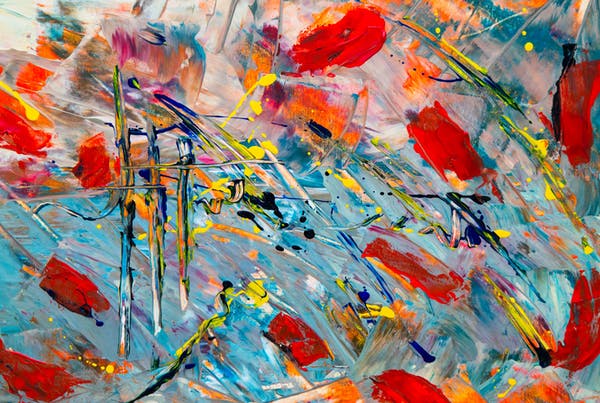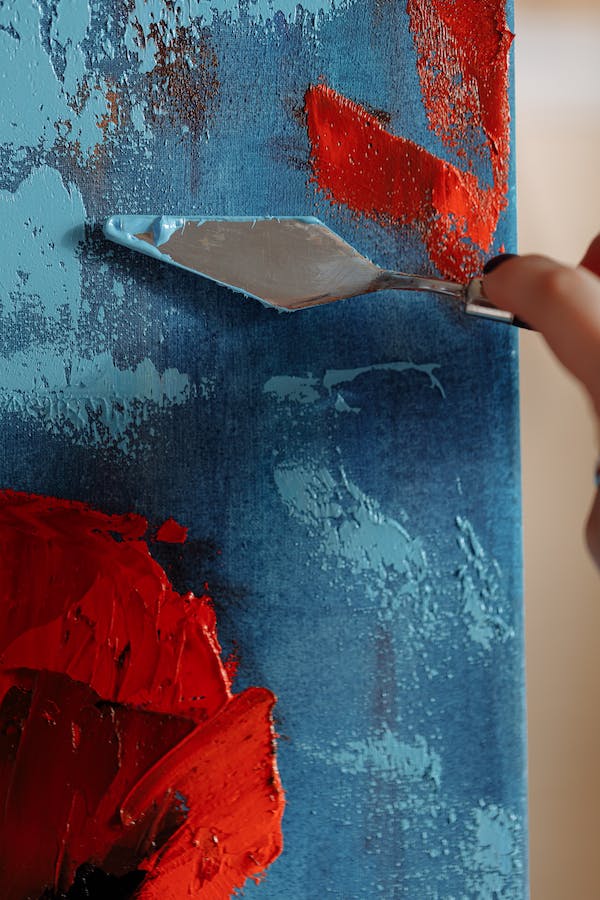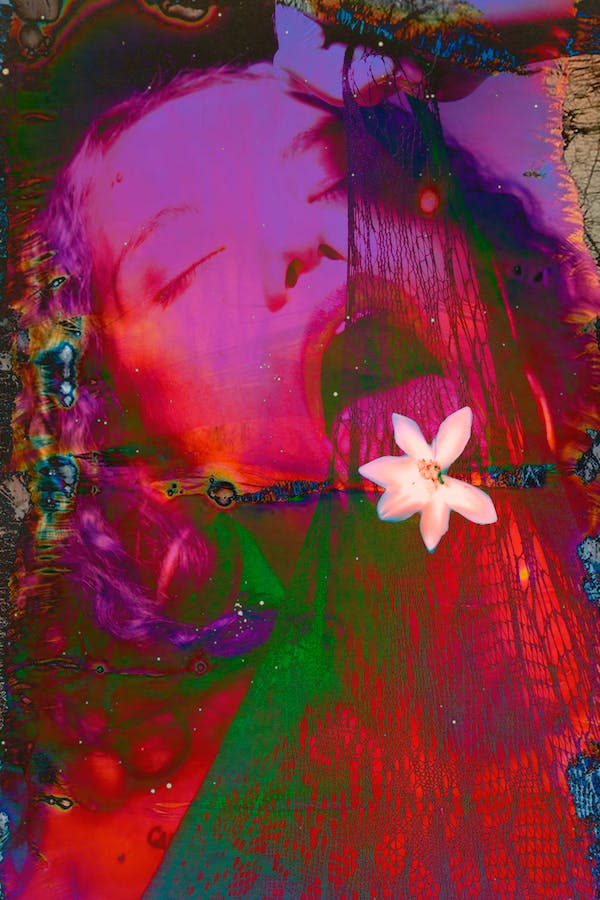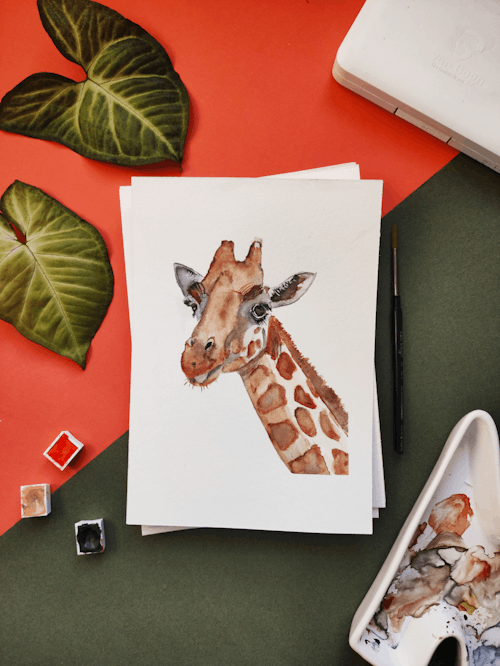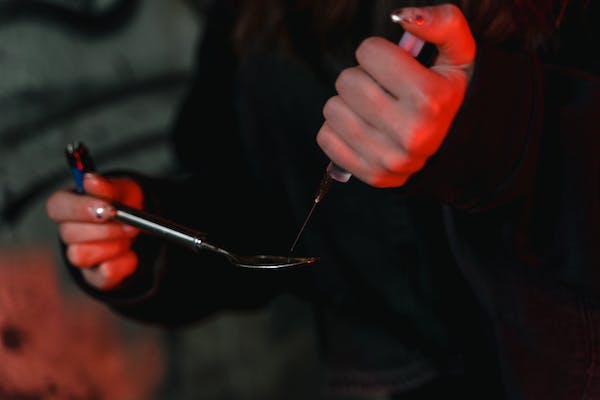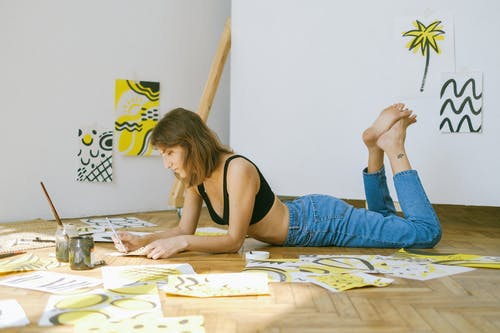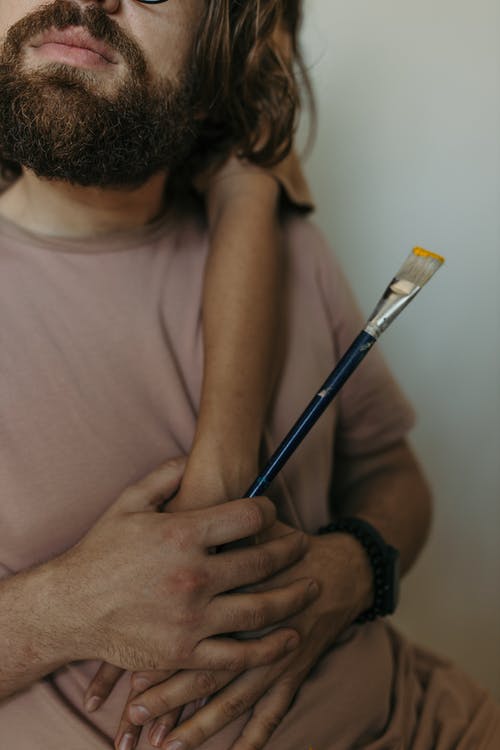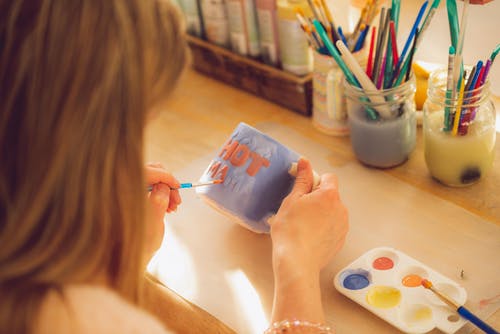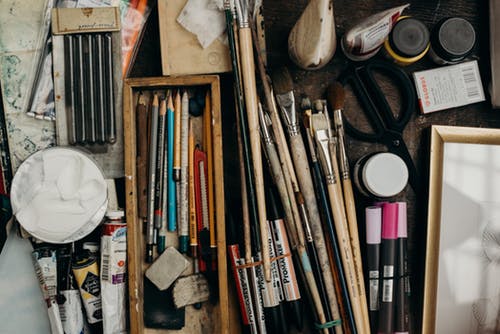Addiction and disorders such as depression, anxiety, and other mental health issues are far too common in the United States. It is estimated that nearly one in five adults in the US suffer from some form of a mental health condition and one in six from addiction. With such a high number of Americans affected by these issues, it is important that people feel empowered to take the necessary steps to manage and ultimately end their addiction and disorder.
The first step in ending addiction and disorder is to acknowledge it. Understanding the depth of the issue is crucial in order to move forward towards successful recovery. Once addiction and disorder has been identified, it creates an opportunity for an individual to begin to get the help that they need.
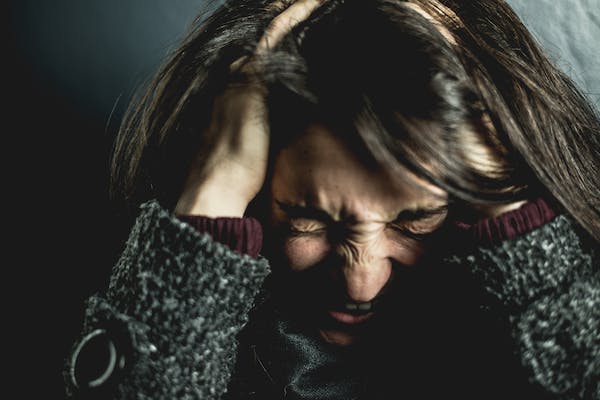
The next step is to seek professional help. Professional help can come in the form of psychotherapy, medication management, support groups, and many other treatment options. Professional help is necessary to ensure that individuals are able to assess their chemical structure, identify triggers, recognize patterns of behavior, create plans for addressing the addiction, and learn ways to better care for themselves.
Additionally, the changes an individual makes to address their addiction and disorder should include lifestyle changes. This can include joining a support group, eating healthy, exercising, getting quality sleep, and practicing positive self-talk. Setting achievable goals and taking small steps to manage and heal are important for a successful recovery. Additionally, removing people and situations that can be detrimental to an individual’s health and well-being should be considered.
Furthermore, fostering relationships and finding community resources can greatly help an individual in their journey to ending addiction and disorder. Connecting with friends, family, and other people in recovery can provide support as well as bridge connection to a network of people to further support the journey. Finding social services and attending outpatient programs or clinics can be very helpful in acquiring the knowledge and necessary skills to internalize the work done in therapy.
Finally, an individual must commit to never giving up and being resilient in the recovery process. With practice and repetition, new habits and skills become ingrained and an individual can learn how to better manage their disorder and addiction. It is important to not be discouraged and to remember that recovery will take time and significant effort.
Despite the complexity of addiction and disorder, there are steps an individual can take to begin to take control of and manage the disorder and addiction. By beginning with admitting that one is struggling, seeking professional help, making lifestyle changes, and utilizing other resources, an individual can begin to take the necessary steps to end addiction and disorder and lead a healthier life. It is ultimately up to the individual to take the necessary steps to end addiction and disorder. But by doing so, individuals will be beginning to make their way towards a better life.
